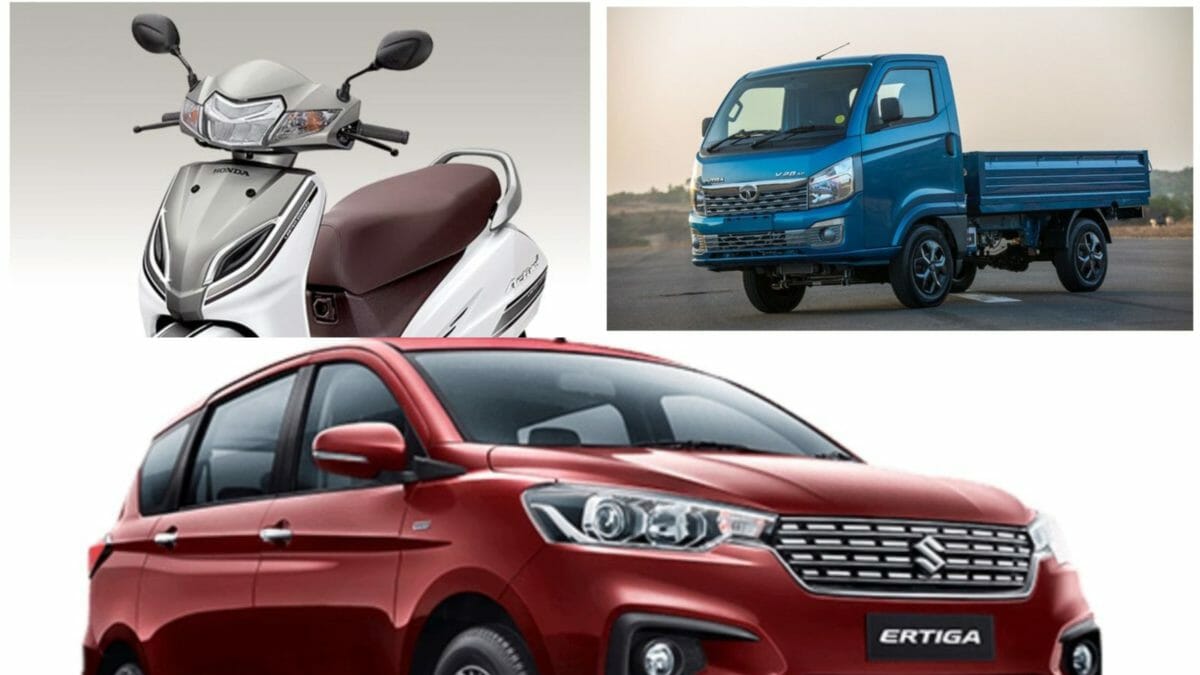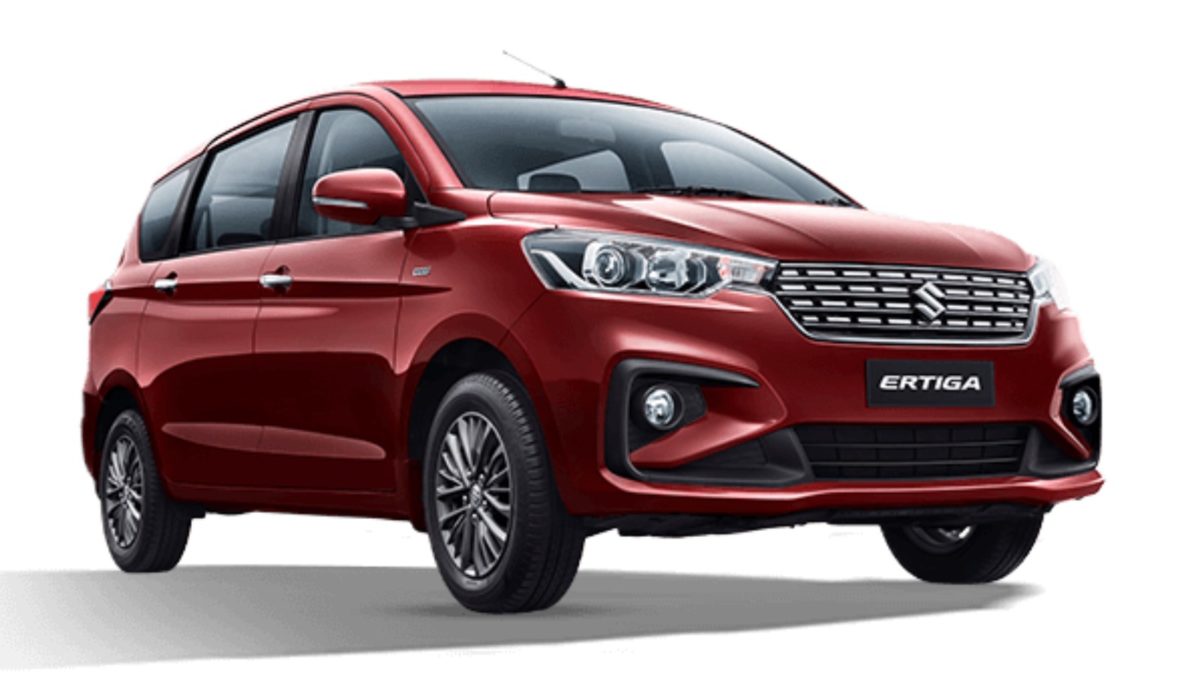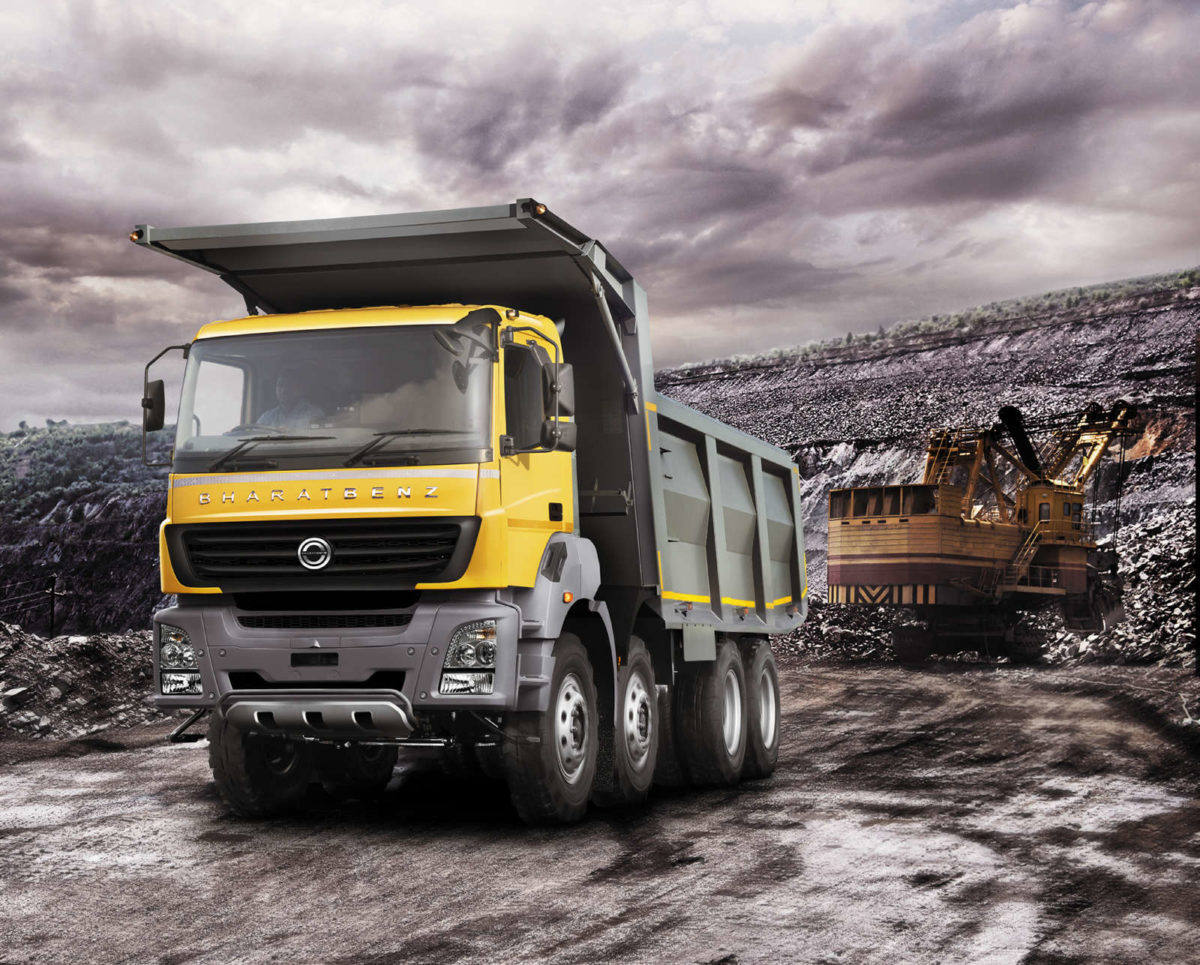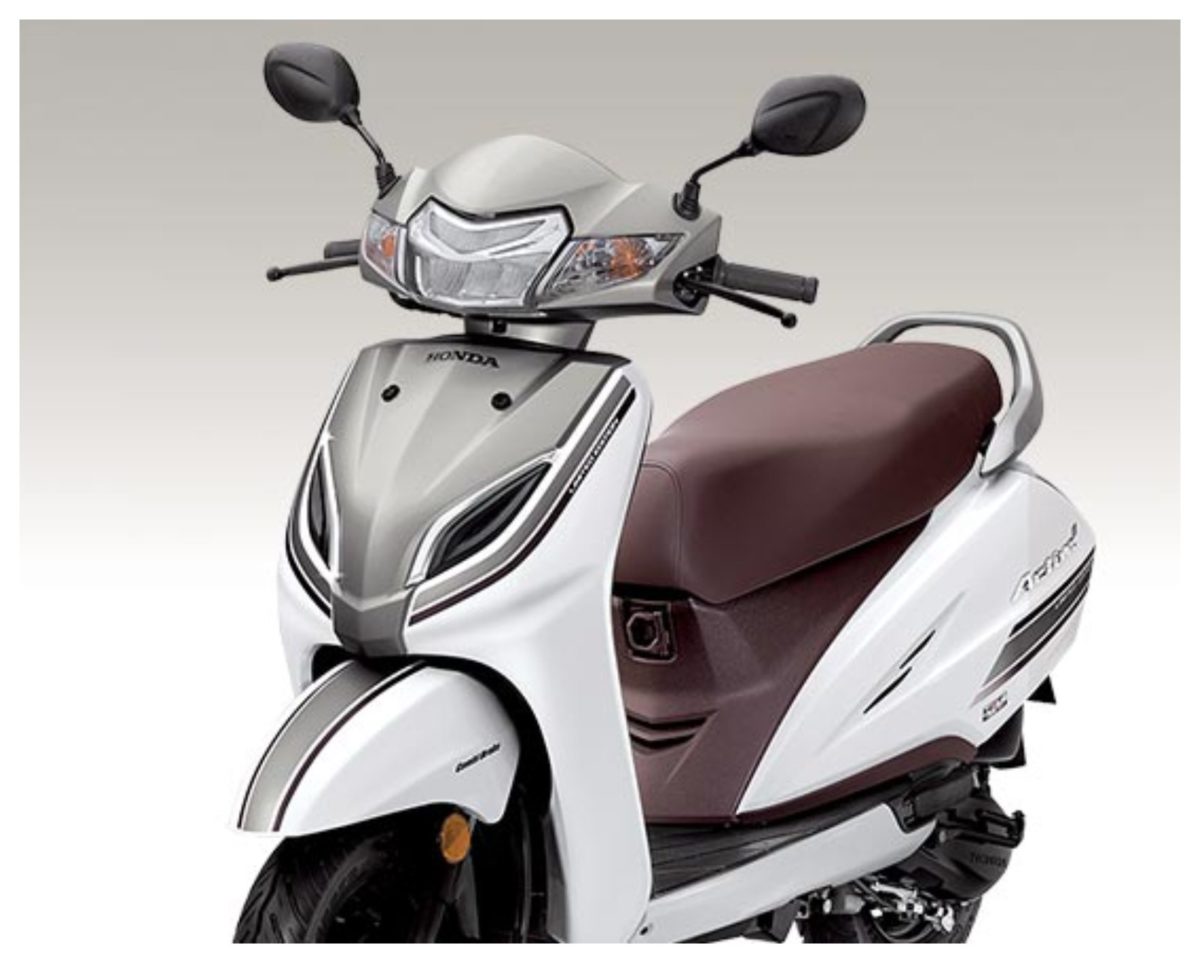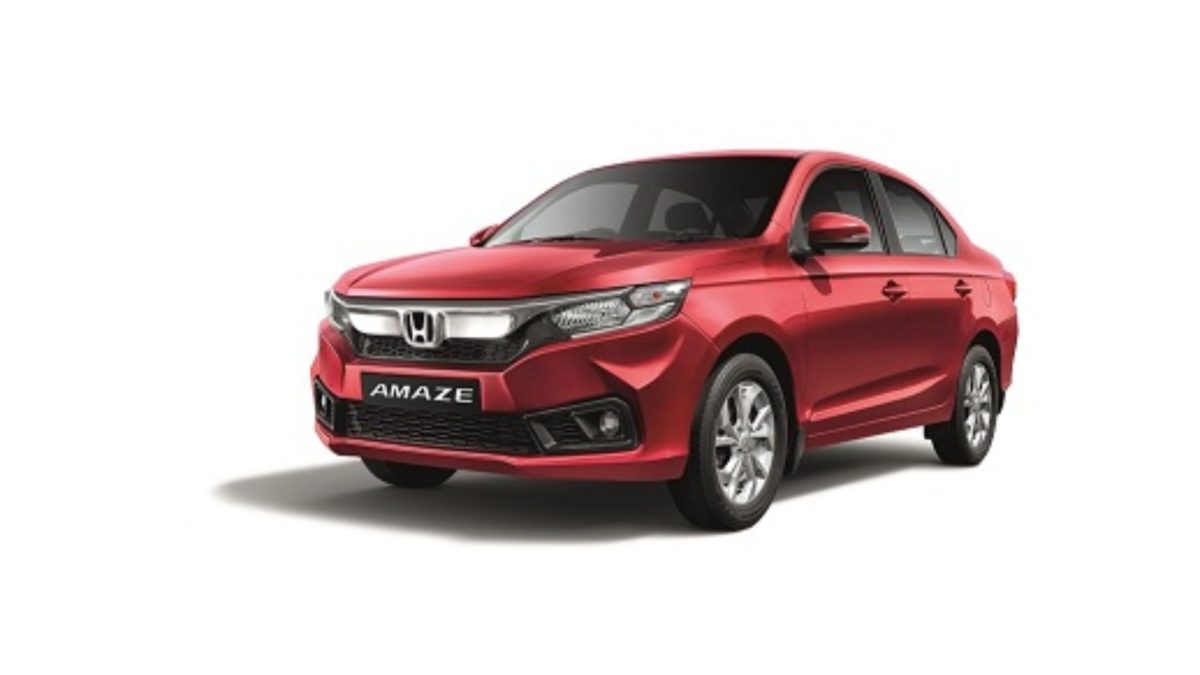Set up in 1991 by leading financial/investment institutions, commercial banks and financial services companies as an independent and professional investment Information and Credit Rating Agency (ICRA), the company predicts that the decline in the Auto Sector will continue across segments for FY2020. The slow down witnessed across the board in the automobile industry, some of which has continued from FY2019 and intensified in FY2020, thereby resulting in a sharp decline across segments (including a 21.6% decline in the Passenger Vehicle (PV) segment and 24.1% decline in (M&HCV Truck segment) during 4mFY2020 is likely to impact the industry’s full-year volume growth and performance.
As per ICRA’s analysis of the auto sector, the likely decline in passenger vehicles is estimated to be in the range of 4-7% and (0-5% declines forM&HCV Trucks) in FY2020. The EBIDTA margins will likely be moderate for all major PV OEMs, due to negative operating leverage. However, cumulative revenues are estimated to decline marginally, as the decline in volumes will be largely offset by the increasing realization (due to premiumization, regulatory impact on car prices– BS6, safety norms etc). In Q1 FY2020, most OEMs and their vendors witness moderation in profitability due to negative operating leverage, partially offset by tailwinds in commodity prices.
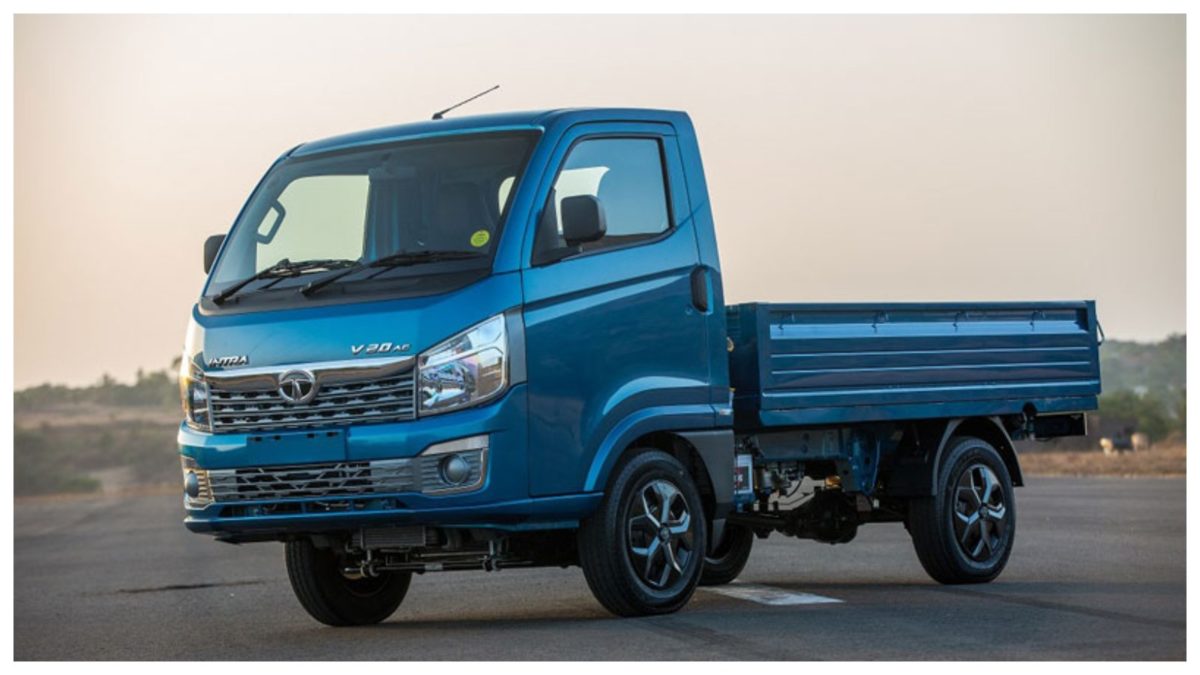 Since the beginning of Q2 FY’19, the auto industry has been grappling with tough times and growth has slowed down. The consumer sentiment is weak across urban and rural markets due to weak farm inflows, subdued Agri-commodity prices; rising cost of ownership as a result of regulatory changes on safety, emissions, vehicle registration,interest cost/EMI; tight liquidity situation among financiers, banks and especially NBFC segment; revision in axle load norms, slowdown in Government spending on infrastructure and; uncertainty related to selection between BS-IV vs. BS-VI among buyers.
Since the beginning of Q2 FY’19, the auto industry has been grappling with tough times and growth has slowed down. The consumer sentiment is weak across urban and rural markets due to weak farm inflows, subdued Agri-commodity prices; rising cost of ownership as a result of regulatory changes on safety, emissions, vehicle registration,interest cost/EMI; tight liquidity situation among financiers, banks and especially NBFC segment; revision in axle load norms, slowdown in Government spending on infrastructure and; uncertainty related to selection between BS-IV vs. BS-VI among buyers.
Also Read: Planning To Buy A New Diesel-Powered Car? Why You Should Buy One Before April 2020
As per ICRA, the recent announcements by the government will provide succor for the sector. The steps to improve liquidity in the banking system would help improve the sentiment and support demand. The commitment from the government regarding validity of registration of BS4 vehicles till their registration period provide comfort to customer, given increasing thrust on electrification by government. The dealerships, the most vulnerable segment in the value chain, would also benefit from the steps to improve overall liquidity. Further, initiatives like deferment in hike in registration tax till June 2020, release of GST refund within 30 days to ease liquidity pressure – especially for MSMEs, doubling of depreciation rate to 30% from 15% on new vehicles purchased henceforth till March 2020 and; infusion of liquidity in banking system and passing on lower interest cost benefits will ease liquidity pressure at dealerships. Re-consideration of scrappage policy for old vehicles is also likely.
Segment-wise, the commercial vehicles (CV) segment is expected to grow by 1-2% in volume terms. Within this, the M&HCVs (Trucks) will be 0 to -5%, LCV may post 0 to 2% growth and buses 4-6%. The revenue growth is estimated to be higher than volume growth as it will be driven by price hikes, technology up-gradation and diversification into other segments like defence, engine sales and higher focus on aftermarket. The EBDITA is likely to remain in the range of 8-10% level, reasons being an increase in raw material cost, high discounting levels, and gradual pass-on of increased content per vehicle due to regulatory changes to which will offset the favourable impact of volume growth.
As for two-wheelers, it is no exception and growth will be contingent upon the introduction of BS-VI across all models from April 1, 2020, which will lead to price increases across the industry. Therefore, the quantum of price hikes will be determined by the prevailing market sentiments and overall market dynamics. ICRA estimates the industry Capex expenditure to be around Rs. 50-60 billion to be largely incurred towards up-gradation of existing platforms, new models and BS-VI. The outlook for the industry is stable. Going forward, the credit profile of most OEMs will continue to remain stable owing to modest leverage and strong liquidity position.
Elaborating further on the outlook, Mr Subrata Ray, Senior Group Vice President, ICRA, “In the short-term, much would depend on the meaningful demand recovery post monsoons, especially given the fact that many parts of the country have witnessed flooding. Agricultural output, revival in economic and industrial growth would be critical. It, however, remains to be seen how the auto demand recovers during the festive season and likely pre-buying in Q4 FY2020, in anticipation of post-BS-VI price hikes. The recent steps announced by the Government is positive for the sector. The liquidity support announced for the banking system and government spending on infrastructure can be a significant catalyst for the automotive industry. In the long-term, the demand drivers would be increasing disposable income, poor public transport infrastructure and increasing financing penetration in India, especially in urban and semi-urban areas.”
Also Read: 2020 Hyundai Creta’s Cabin Could Shame Many Cars From A Segment Above
On the challenges, the auto industry faces, adds Mr Ray, “In the short-term, prevailing subdued rural and urban sentiments would matter besides the upcoming regulatory changes regarding emission (BS-VI) norms. Whereas the long-term challenges pertain to high investment requirements for technological advancement, lack of policy consensus for EV adoption and increasing traffic congestion in urban areas which may lead to unforeseen regulatory changes.”

